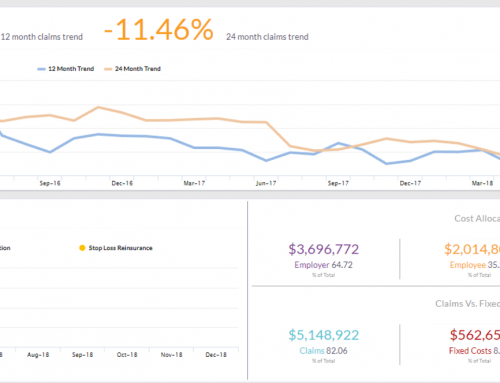
Communication is key when you want the perfect software to be developed. Nurturing that relationship and respecting your developer is just as important. Here are some tips and suggestions on how best to do that!
When working on a brand new project, your mind is exploding with new ideas, new possibilities, and the potential growth these new ideas could bring to your company. When wanting new software to be developed and designed or you’re already in that process, the excitement is palatable. But, sometimes this excitement can translate incorrectly or come off wrong. Your ideas, too, can be lost in translation while you anxiously await your software to be developed. With this in mind, and as software developers ourselves, we would never want a communication breakdown or things to be misunderstood as the building process goes on. So, we wanted to share some ideas and suggestions on the best ways to communicate with your developers so no issues arise and you end up with the best product imaginable!
KNOWLEDGE IS POWER
-
Before you can even jump into developing a project, you need to know exactly what you want, and what requirements you and your company will need to function and operate at its highest capacity. Don’t be vague and don’t depend on your developer to fill in any holes. You can brainstorm with them, but be very clear during any brainstorming session. Make sure to document what you need in written form, too. This way you’ll have it to look back on and be able to reference at any time. Make sure to be clear and communicate with your developers anytime they ask questions. Don’t hesitate to stick to the choices you’ve made or make when questions are asked. Developers will walk you through multiple choices, possibilities that could come up, and potential trouble spots. Be open to listening to these possibilities and be open-minded to possible changes.
POSITIVE CHOICES
-
The software world and the incredible things you can do within it are always changing. While you’re in the process of developing, and you come across a new feature or addition, don’t demand to add this into your already working project. Feel free to discuss these options for the possibility to have them in future versions or add ons of the software that’s already being created. Don’t tank a project for one idea. Stay consistent. If you’re halfway through the building processes and you need to make huge changes, know this could either destroy a project, or you’ll have to wait even longer as your developer could potentially have to start from scratch to accommodate these changes. Also, a simple task or add on might seem simple to you, but that’s not the case for your developer. Even the smallest change could take time.
TEST DRIVE
-
You are the one who made the choice to have this software developed. You made the tough decisions, answered all the questions, and you were the go-to person throughout the whole project. Why would you rely on anyone else’s opinion to determine if it’s ready or not? When the first test products arrive, make sure to test it yourself. No one else will be able to replicate what you’ve been wanting, or your end goal with it. No one else would be able to communicate if you’re pleased, unhappy, or feel like it needs more work. Cut out that frustration and the middleman. Also remember, a developer will always give you an estimated project timeline. But be mindful that this is just an estimation. Allow your schedule to be flexible for unforeseen issues, project changes, and so on. Your developer will keep you informed of these changes and will be as respectful as possible to your schedule, too.
THE PRESENT
-
This is an ongoing project until you’re happy with the final product. Even then, as time goes on, you’ll want to add on and grow parts of your software. This could be due to the changing needs of your company or the new climate of your industry and growth in technology. Work to build a positive relationship with your developer and be present with them in staying on top of communication. Be active in the project and care about the process. It will make the waiting worth it, and the final product that much more exciting.
HELP OUT
-
Showing up and knowing exactly what you want is important. If you can show up with visual examples, tools you’ve used before that are successful, and aesthetic examples, that could make explaining what you want much easier. Who doesn’t love a good visual? Be honest with your developers about who will be using this software and why. These demographics can help them hone in on the creation side, stepping into the user’s shoes and seeing the software from their point of view.
Taking these tips will make working with any software development company much more pleasant for everyone involved. Working together in our industry is imperative, and we pride ourselves on delivering excellent service. Never hesitate to contact us with any questions or concerns, we are here to help you develop excellent software for your insurance company. Continue to stay safe out there everyone. We will see you next time.





